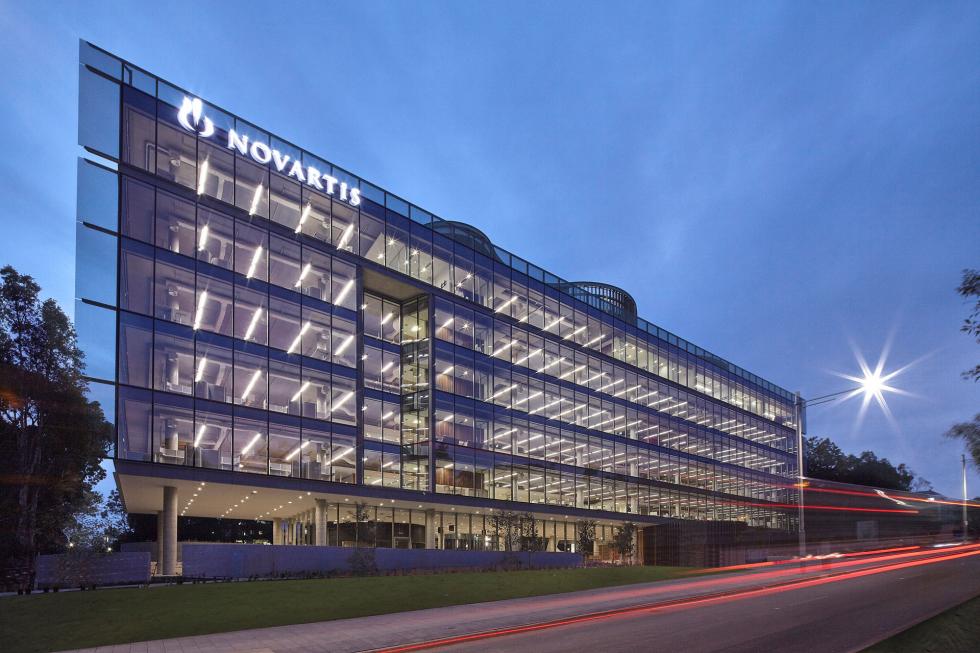Novartis says £1.8m Zolgensma is model for gene therapy pricing

Novartis has said its gene therapy pricing model, involving a steep one-off payment, could be a template for the hundreds of similar treatments that could follow its Zolgensma for Spinal Muscular Atrophy (SMA).
Zolgensma (onasemnogene abeparvovec) has a list price of £1,795,000 excluding VAT in the UK, but Novartis says the price is justified by the clinical data it has gathered, showing the treatment is particularly effective at reducing symptoms in babies if given early.
The data were strong enough to convince NICE and the Scottish Medicines Consortium to recommend NHS funding early last week in young babies, followed shortly after by Italy’s AIFA.
Germany was the first country in Europe to launch the drug under its AMNOG system last year, which allows for a year of free pricing before negotiations begin with the national health insurance system.
Despite the high initial outlay, Mike Fraser, general manager for Europe, Middle East and Africa at Novartis, said the successful launch of Zolgensma paves the way for other gene therapies in the pharma pipeline.
There are hundreds in development – including a clinical trial of an Alzheimer’s gene therapy in the US – and Fraser said the precedent has now been set with payers in Europe.
The decision to fund Zolgensma show payers are coming around to the idea of a one-off payment for a powerful therapies, as well as other innovative ideas such as annuity schemes and outcomes-based contracts.
He told pharmaphorum: “This is very different to the way the system is set up for chronic therapies. You have to convince the ecosystem to change the way it views therapies.
“The model is going to last for the long term. [Products] need to show value in terms of efficiencies and cost offsets. There are around 350 gene therapies in various studies.”
In the UK Novartis has negotiated a confidential discount with the NHS, but nevertheless it’s a bold move to reimburse the therapy.
Fraser told pharmaphorum that the decision was driven by the government’s drive to encourage pharma companies to research and launch novel therapies in the UK.
Support from patient groups and academic institutions helped to build the critical mass that led to funding approval, Fraser said.
“It was the UK leading the way. It’s not only collaboration with payers and NICE and NHS – patient advocacy groups were crucial to getting us across the finishing line.”












